-
Hey, guest user. Hope you're enjoying NeoGAF! Have you considered registering for an account? Come join us and add your take to the daily discourse.
You are using an out of date browser. It may not display this or other websites correctly.
You should upgrade or use an alternative browser.
You should upgrade or use an alternative browser.
Downsampling, a simple method for making your pc-games look better.
- Thread starter Corky
- Start date
Should you combine the downsampling with fxaa in games that support this?
I'm actually a fan of mixing downsampling and fxaa in titles that support fxaa ( I don't use injectors usually ) because I find them complementing eachother quite well actually.
How about forcing anisotropic filtering and vsync in nvidia inspector, is this too much with the insane resolutions?
I don't know of any downsides of forcing AF in inspector shouldn't result in a tangible performance difference. As with v-sync, I stay away from v-sync in games and inspector and just go for triplebuffering via d3doverrider.
d00d3n
Member
I'm actually a fan of mixing downsampling and fxaa in titles that support fxaa ( I don't use injectors usually ) because I find them complementing eachother quite well actually.
I don't know of any downsides of forcing AF in inspector shouldn't result in a tangible performance difference. As with v-sync, I stay away from v-sync in games and inspector and just go for triplebuffering via d3doverrider.
Thanks for the answers! I will try the fxaa combo in sleeping dogs.
How much under 60 Hz? As mentioned in the OP, refresh rates of sub 59/60 won't show up ingame unless you use that very same resolution as your desktop resolution in order to hopefully bypass this - at least that's how it has been for me.
3200x1800 59hz, tried to set it for the desktop but it only shows up in Metro 2033 (I've tried mirror's edge, skyrim and portal 2 for now)
3200x1800 59hz, tried to set it for the desktop but it only shows up in Metro 2033 (I've tried mirror's edge, skyrim and portal 2 for now)
Have you made sure you checked the "override the scaling mode set by games and programs" ?
What about downsampling in Nvidia passive3D with a 3D HDTV?
Passive 3D only works in 720p (my tv is 1080p)...I'd love to downsample from 1080p to 720p. Is there a way to do that?
I don't know to be honest, I know very little about 3D, but at those resolutions you shouldn't have bandwidth issues so you can try it out
Thanks guys. Any advice on a 1360x768 downsample? I am trying it for LOL, and 2560x1440p looks great but the text is too small even with the ui scaled to the max. 1920x1080 seems to look stretched vertically for some reason.
I'm stuck on a 20" vizio hdtv for a while till I finish moving with a native res of 1360x768.
I'm stuck on a 20" vizio hdtv for a while till I finish moving with a native res of 1360x768.
Thanks guys. Any advice on a 1360x768 downsample? I am trying it for LOL, and 2560x1440p looks great but the text is too small even with the ui scaled to the max. 1920x1080 seems to look stretched vertically for some reason.
I'm stuck on a 20" vizio hdtv for a while till I finish moving with a native res of 1360x768.
Try 2040x1152.
Try 2040x1152.
Perfect! Thank you sir. Looks better and the text is readable.
Thanks guys. Any advice on a 1360x768 downsample? 1920x1080 seems to look stretched vertically for some reason.
I'm stuck on a 20" vizio hdtv for a while till I finish moving with a native res of 1360x768.
I'm guessing it's due to different aspect ratios, between 1360x768 ( which I don't believe is a 16:9 ratio, could be wrong ) and 1080p.
Horse Armour
Member
Is there any benefit to downsampling over just using SGSSAA for games that support it like DOTA?
Dictator93
Member
Is there any benefit to downsampling over just using SGSSAA for games that support it like DOTA?
Not really. Down sampling allows you to have a wider variety of resolution choices and hence performance choices.
Going from 0 to 2xSGSSAA is big jump. 2 to 4X is also a big jump.
1440p downsampled to 1080p is less. Essentially... downsampling can be more incremental.
Other than that... if looking for quality always go for SGSSAA
That might be due to you being on a laptop. I'm not sure the mobile gpus are compatible with downsampling to begin with.
That's annoying - my 680m is definitely powerful enough to use it on a bunch of games. Shame, was hoping to get a nice visual boost with DOTA.
Horse Armour
Member
As I thought then. It's just that I was wondering why people were downsampling Dota and complaining about the tiny UI when SGSSAA would fix that.Not really. Down sampling allows you to have a wider variety of resolution choices and hence performance choices.
Going from 0 to 2xSGSSAA is big jump. 2 to 4X is also a big jump.
1440p downsampled to 1080p is less. Essentially... downsampling can be more incremental.
Other than that... if looking for quality always go for SGSSAA
maniac-kun
Member
Dota 2 3200 x 1800:
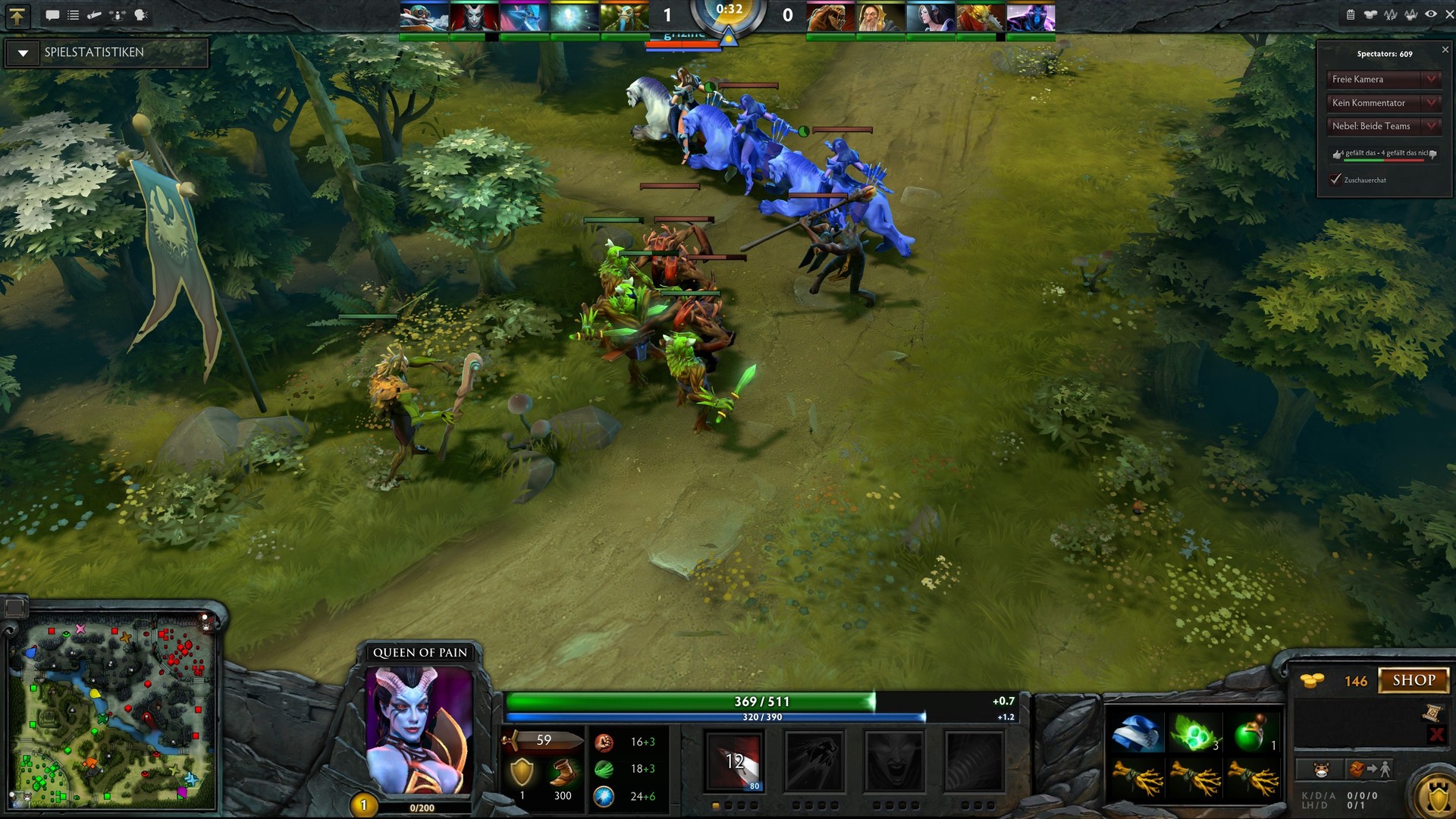
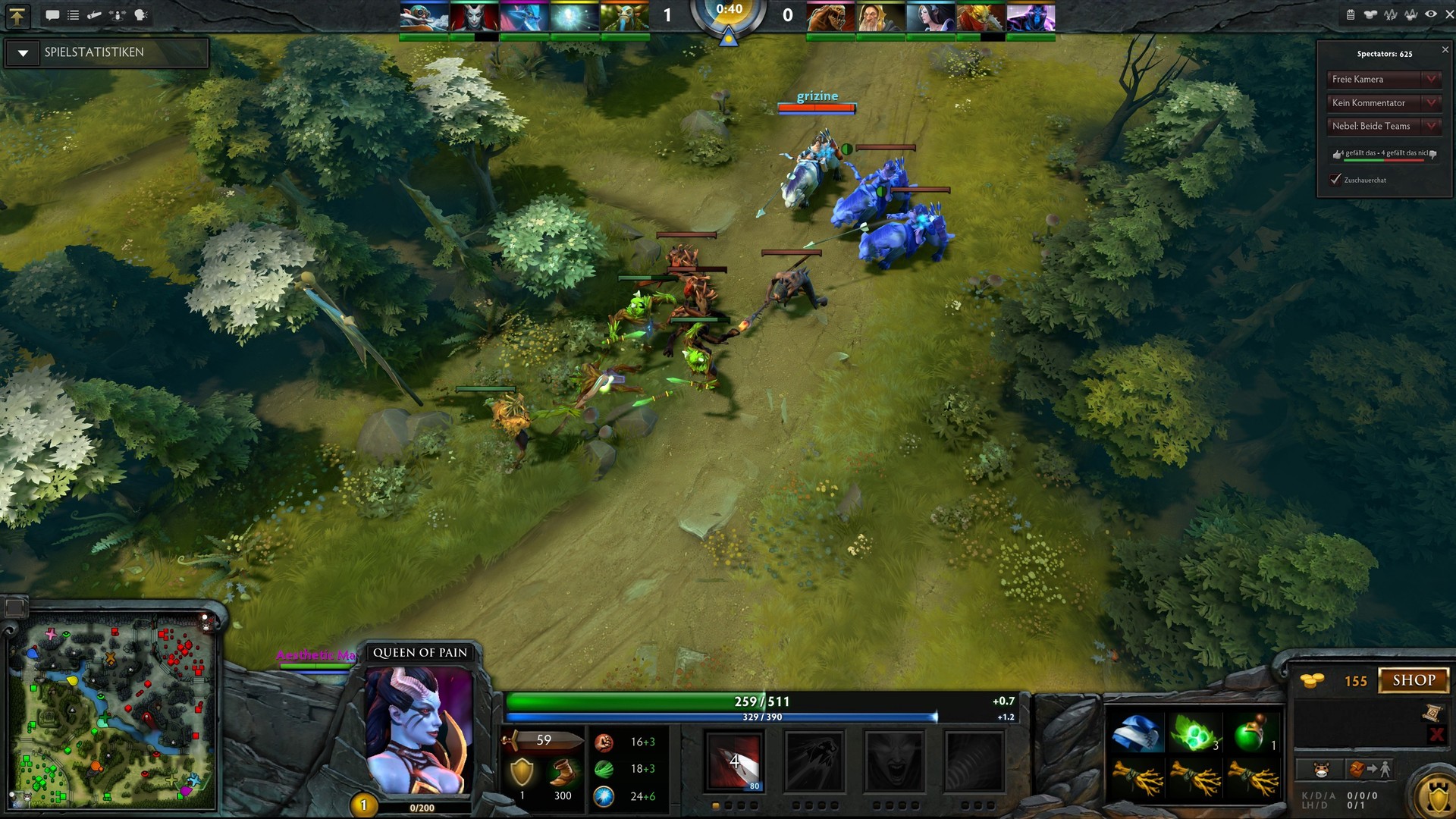


Dota 2 3200 x 1800:
I don't understand which ui elements of Dota 2 people think are too small. I think that looks great.
maniac-kun
Member
TF2 3200 x 1800:
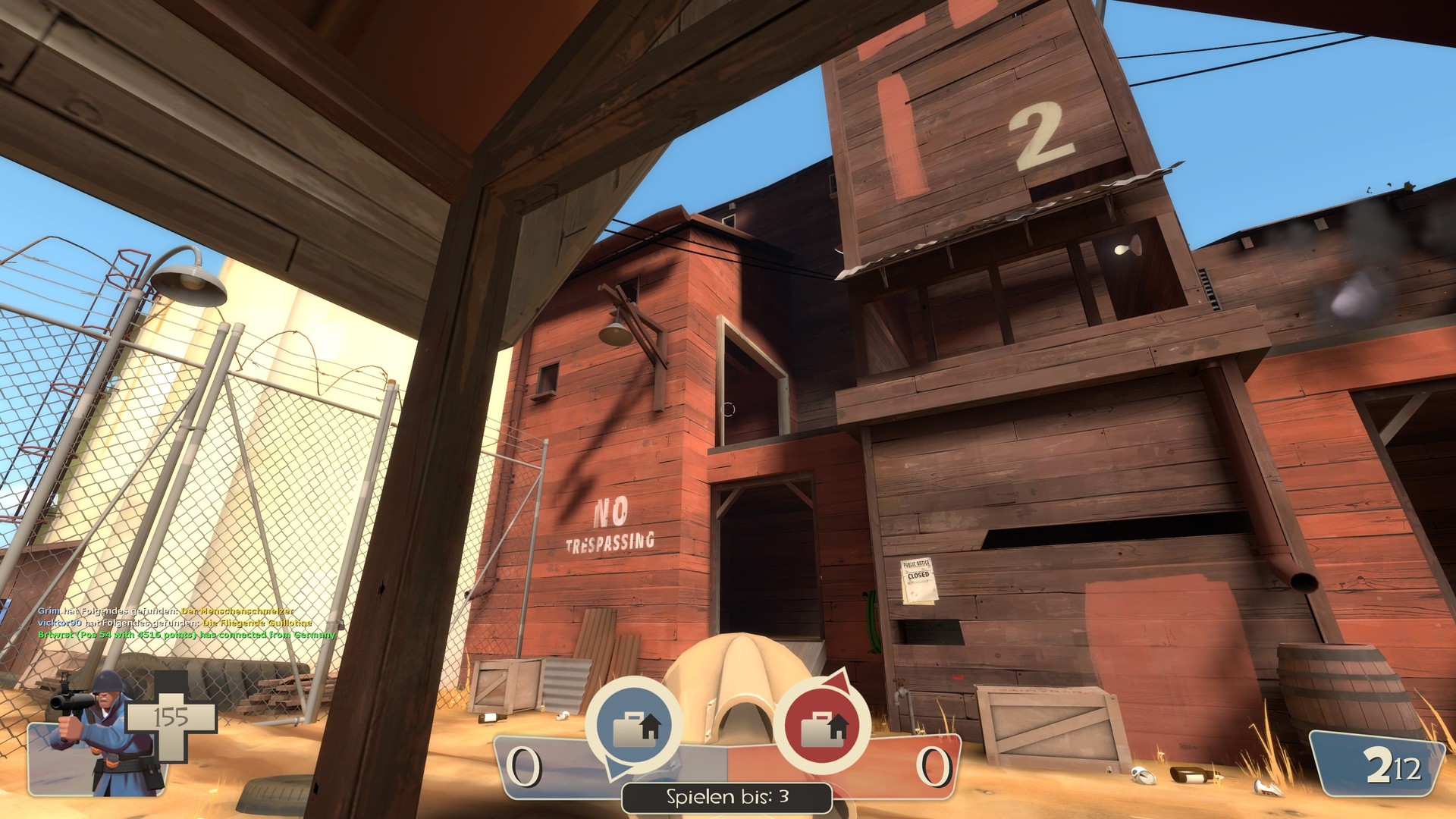
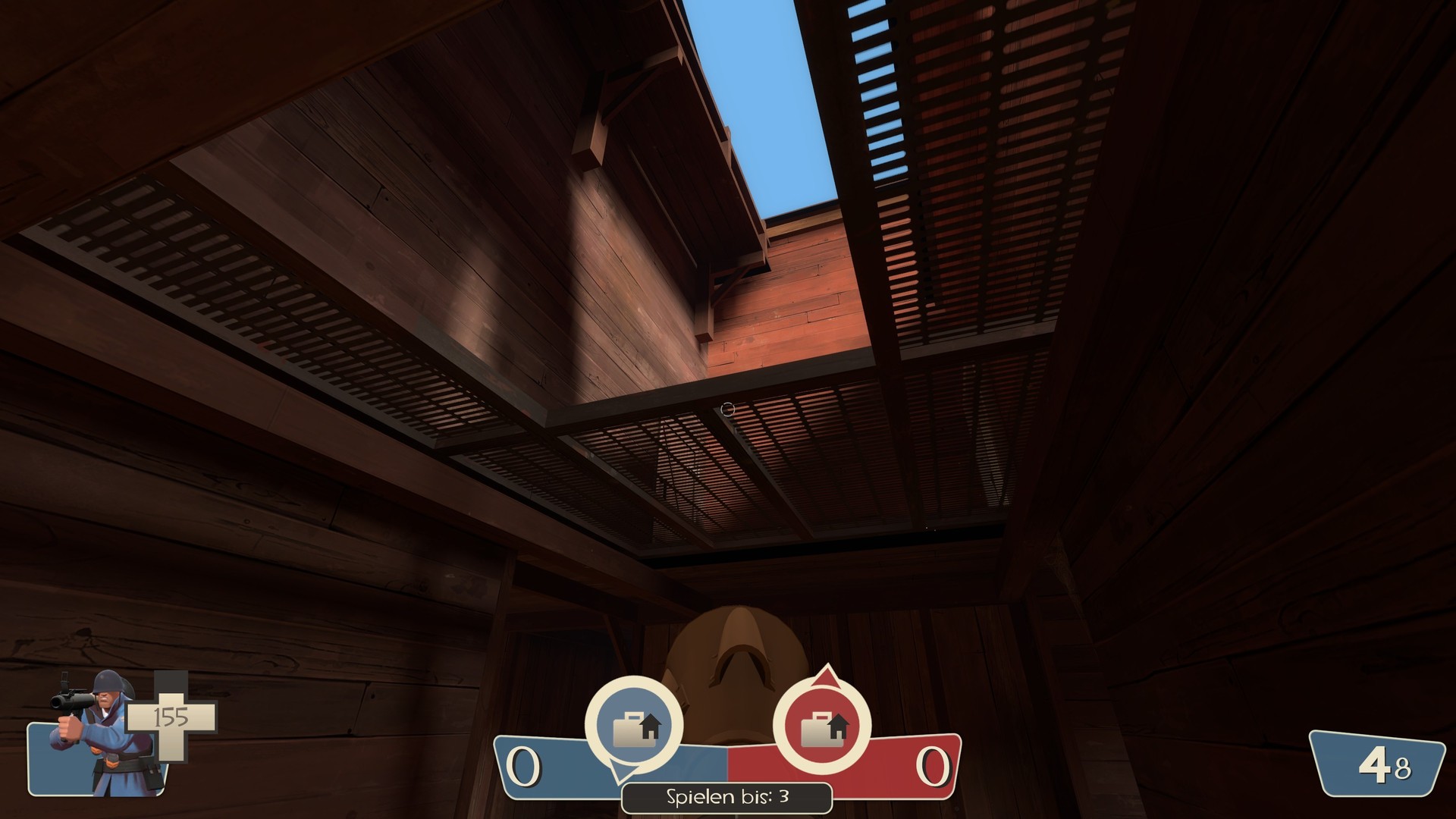
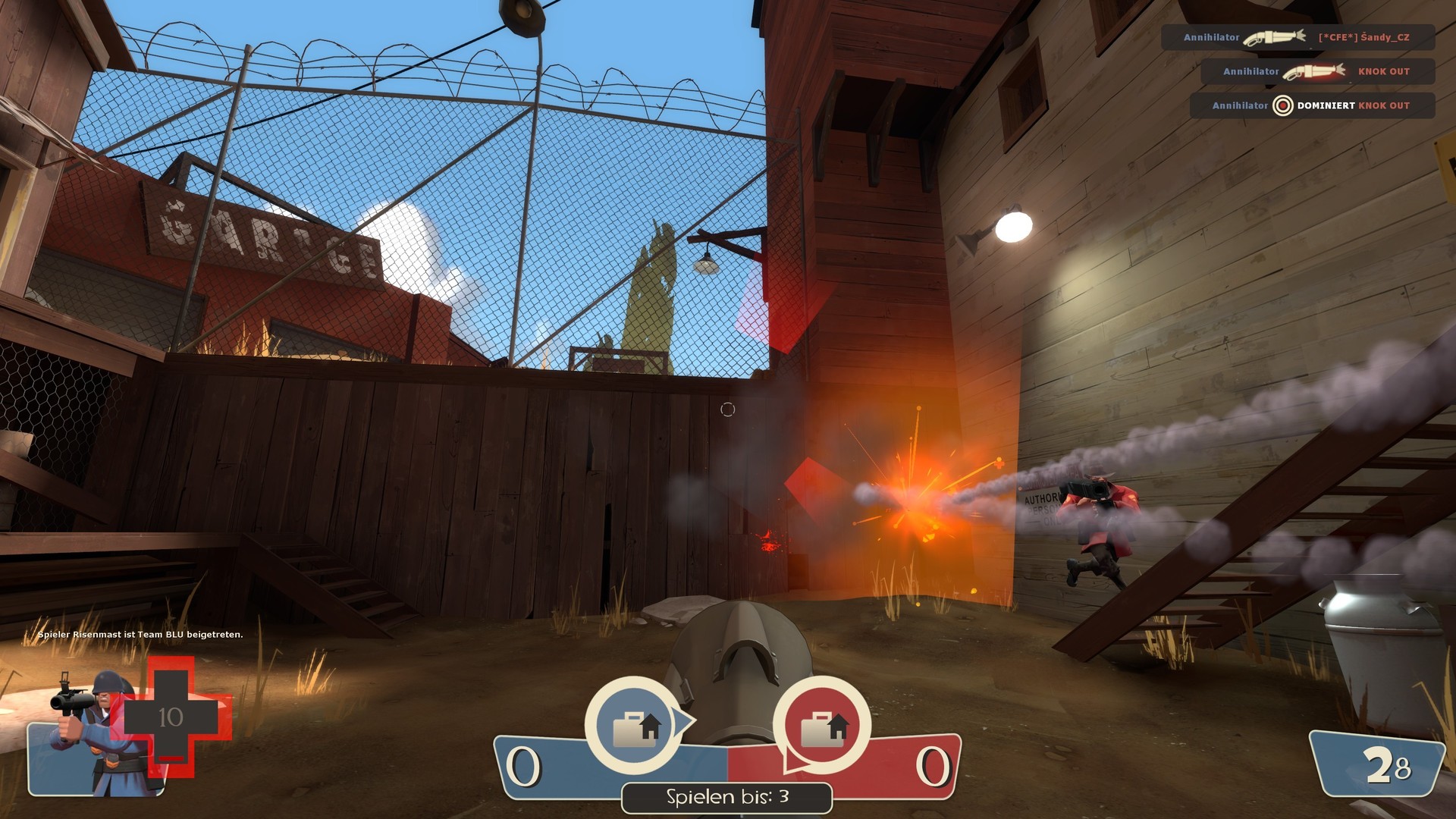



maniac-kun
Member
And Skyrim:
Normal:
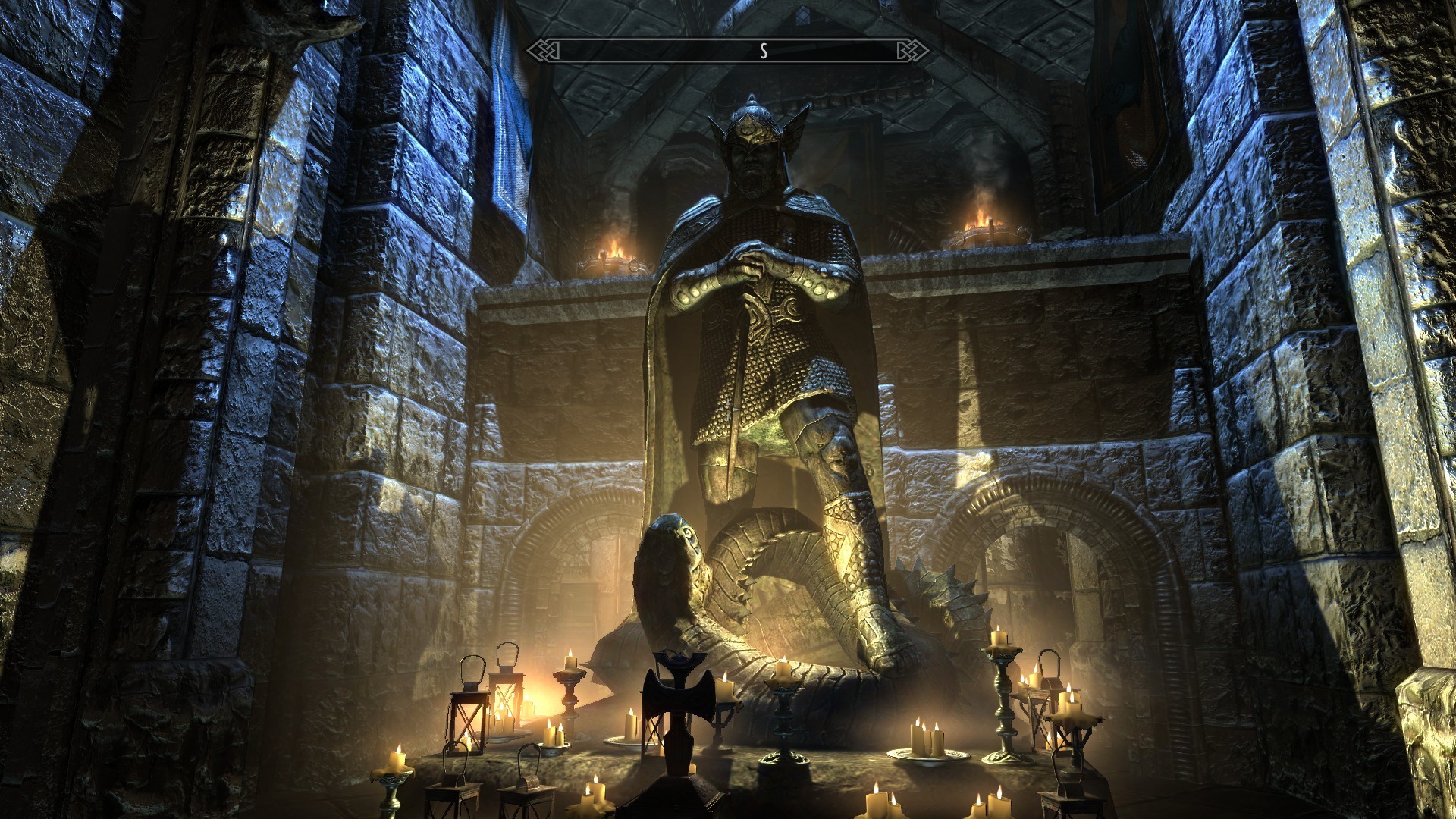
Downsampled:
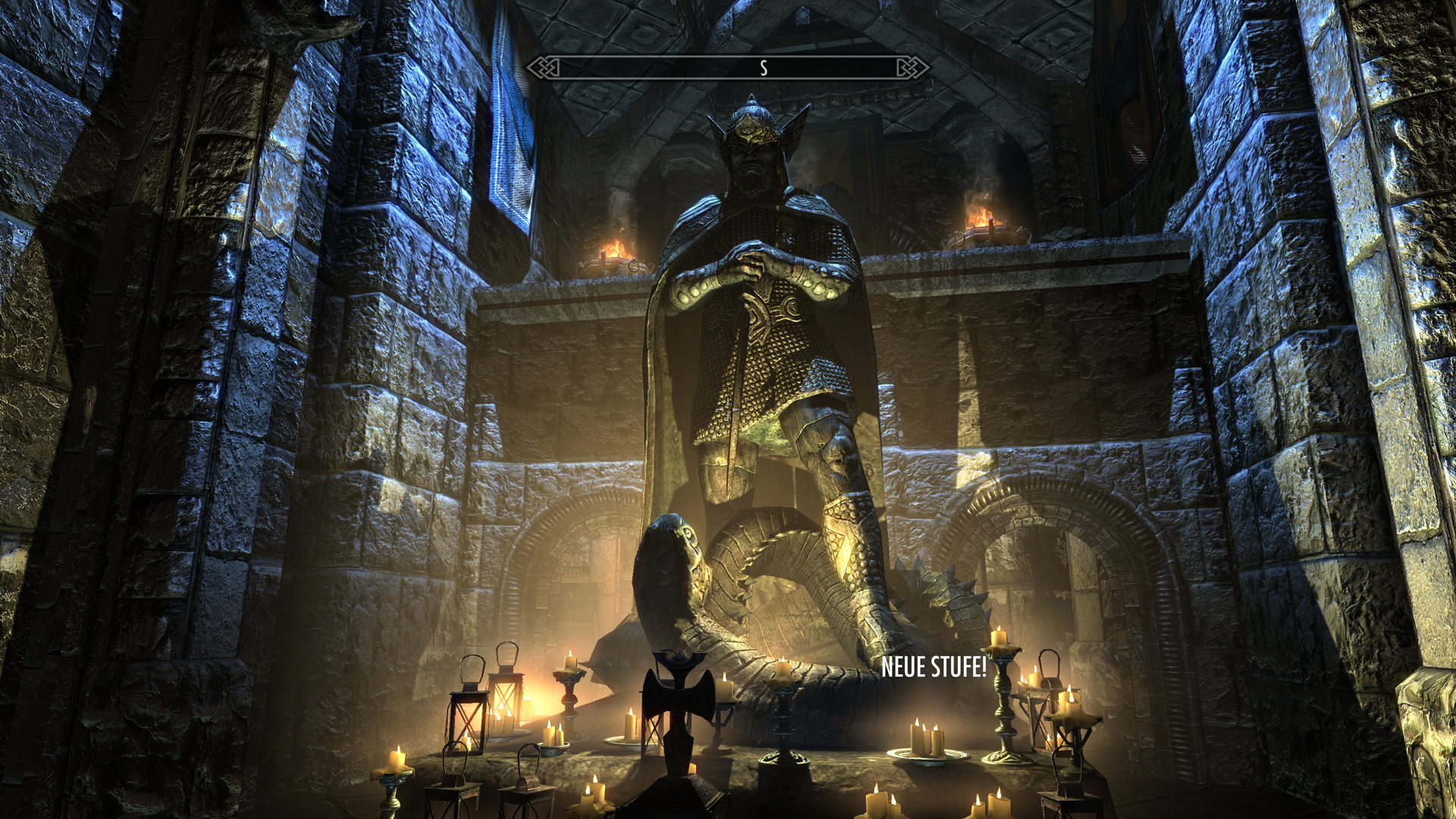
Normal:

Downsampled:

cobragt4001
Banned
So let me get this right there's no real point of getting a 1440p or 1600p monitor when you can down sample?
So let me get this right there's no real point of getting a 1440p or 1600p monitor when you can down sample?
There definitely is, keep in mind that in the end you're still only seeing 1920x1080 pixels on the monitor ( if you have such a monitor that is ). A 2560x1xxx monitor is most likely much bigger than a 1920x1080 monitor with a larger native resolution that gives you bigger work/screen estate.
With that said, as someone who has owned a 2560x1440 monitor I'd never recommend it for gaming alone unless you got money to burn.
Imp the Dimp
Member
Still running at 60fps?Dota 2 3200 x 1800:
maniac-kun
Member
Still running at 60fps?
Dont have fraps installed but its still around 60 fps.
My PC:
Core i7 3770
GF 680 GTX
16 GB Ram
maniac-kun
Member
SC2:
Normal:
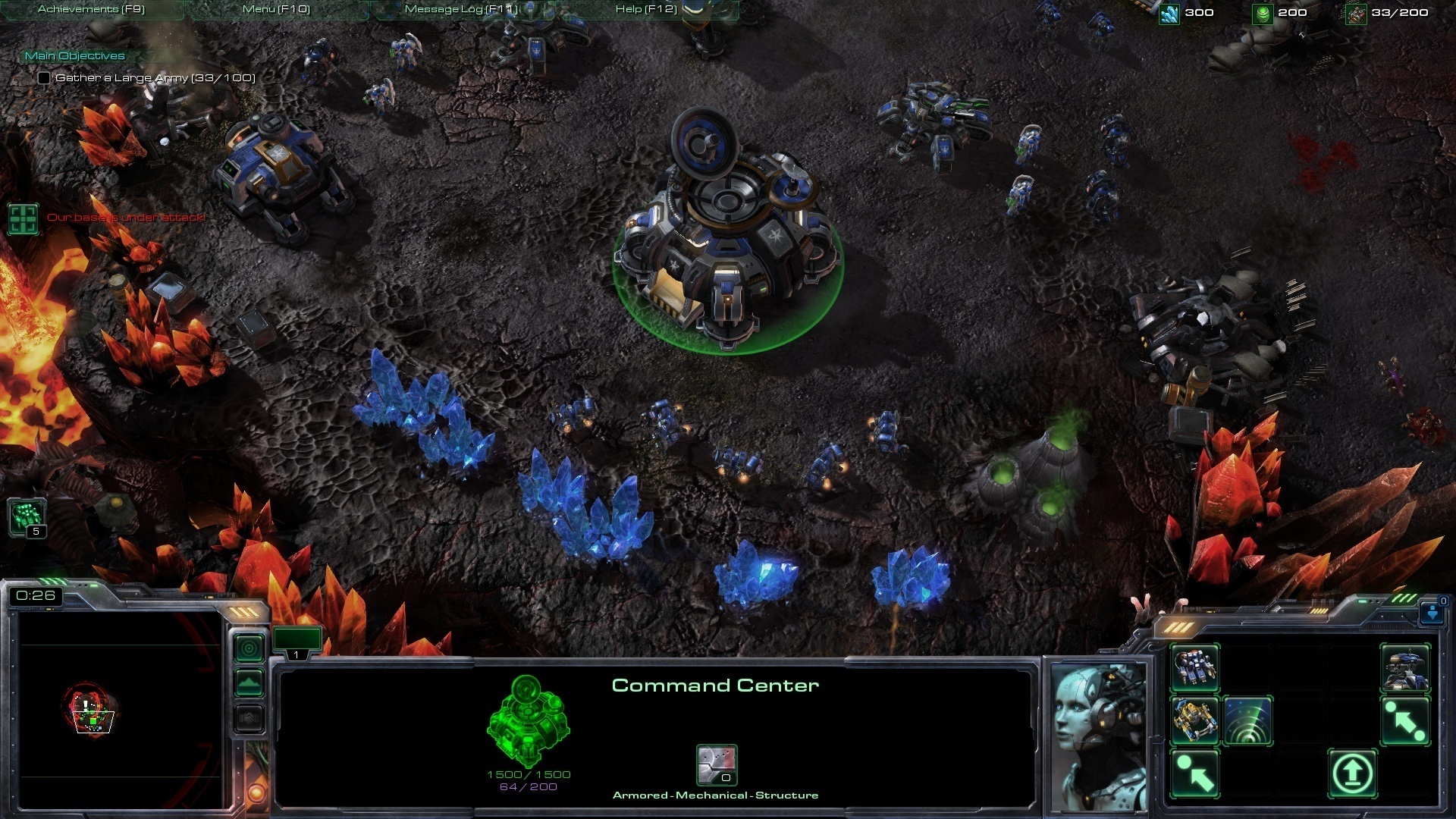
Downsampeld:
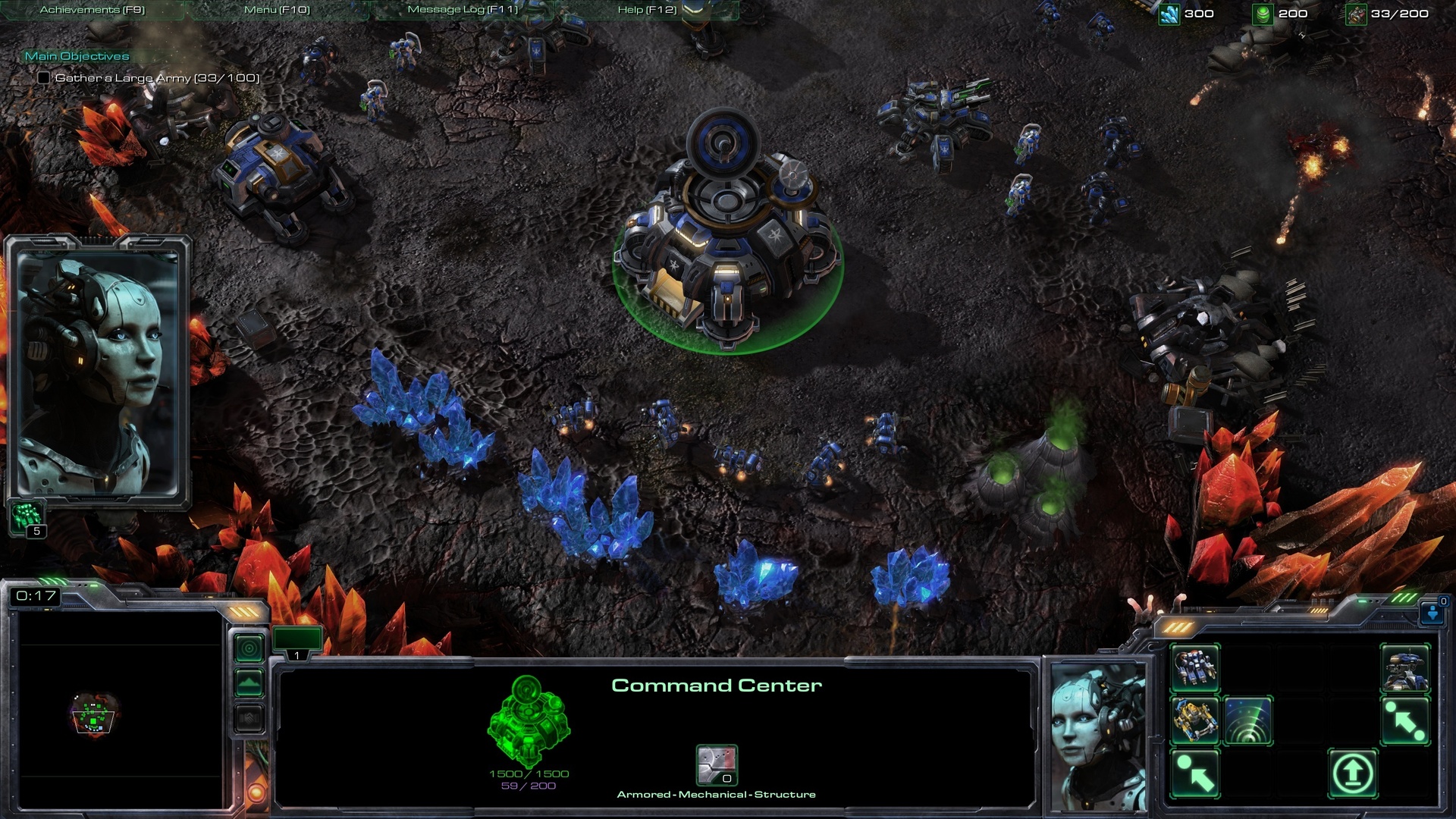
Normal:

Downsampeld:

Cuban Legend
Member
I've got a 9 year old 50"inch Sony Grand WEGA (model KDF-50WE655) with 720p/1080i and was able to downsample my 720p resolution upto these:
fuck needing 1080p, I can downsample to nearly 3 times that resolution! jaja * edit: this is on a 560 (non-Ti).

fuck needing 1080p, I can downsample to nearly 3 times that resolution! jaja * edit: this is on a 560 (non-Ti).

MisterAnderson
Member
Any reason I'd have any trouble doing this with 120Hz? Only reason I ask is there seems to be nothing mentioned in the OP about 120Hz. (Trying to play in 3D mode which needs 120Hz)
Any reason I'd have any trouble doing this with 120Hz? Only reason I ask is there seems to be nothing mentioned in the OP about 120Hz. (Trying to play in 3D mode which needs 120Hz)
I've got a 120hz monitor as well.
As far as I know, you can't play in 3D above 1080p.
There is a way to circumvent this in a way, which is using SGSSAA through Nvidia Inspector but that's a whole other topic.
Nealand Liquor
Member
Hmmm, I tjink I need to study this up and see if I can pull it off.
flipswitch
Member
Just got a question regarding super sampling in Nvidia inspector. Is it possible to enable super sampling on any game through Nvidia inspector, even games that don't support AA?( defered rendering)
Barrow Roll
Member
Downsampling from 3200x1800 and I'm still seeing too many jaggies for my tastes. Am I doing something wrong or is Downsampling just better for screenshots? I feel like i'm getting better results with 2x SGSSAA or MSAA + TRAA for squashing jaggies with better performance.
Imagine you have a screen made up of only 4 pixels, 2x2. Now suppose someone hands you a 1080p image, absolutely loaded with lots of intricate detail. Using this 1080p image, is it possible to construct a 2x2 bitmap that you can display on your screen which preserves all the detail in that 1080p image?I have a question, of may be a dumb one: downsampling to 720p, I'd do it so o can play on my big 720p screen. Is there still a benefit when your target red is that low? Or, for a better phrasing, do you maintain all the detail of the higher res at a lower one?
Nah, screens are always limited by their resolutions.
"Aliasing" is, in general, just a word that means "artifacts due to insufficient sample rates". And that's what AA is about; not putting more detail into your image (although that's a moderate side effect of good antialiasing, if you compare a well-antialiased result with a badly aliased one), but eliminating artifacts. See, in just about any field, sampling at the rate of the result you're interested in isn't sufficient for a really good result. This is why an oscilloscope designed to view a 100MHz signal might actually sample the signal at 300MHz, or why when you want an audio signal to get everything under 20kHz sounding good you actually sample at 44kHz. Those two examples involve frequency in time, but frequency in space across an image is analagous; if you want a reasonably accurate output for a 720p screen, it's not a terrible idea to sample at 1440p.
You're not going to stuff infinite details into 720p, but you can certainly make it look a lot better than handing the screen a raw 720p render.
//=========================
Here's another way of looking at the issue of "spatial" frequency and the limitations of a screen.
Imagine that you have a 1920x1080 screen, and a 3840x2160 screen. Observe that the latter has double the resolution along each axis.
Suppose the image being displayed on the 3840x2160 screen is a bunch of alternating black and white lines, each line being 1 pixel thick. This consitutes "high frequency" detail; the high-resolution screen literally could not precisely display more brightness-alternations than what I've just described.
How would this pattern look if we supersampled it onto the 1920x1080 display? Well, basically, with heavy supersampling the 1920x1080 screen would wind up just displaying grey (each pixel would contain an equal area of black and white). Is this an "accurate" representation of the alternating black and white lines? Arguably, yes; it's exactly what your eyes would perceive if you stood a substantial distance from the 3840x2160 screen when it's displaying the alternating black and white lines. On the other hand, is it a "precise" representation? No; the 1080p screen simply cannot "resolve" the high-frequency detail precisely.
//=========================
tl;dr your 720p screen isn't going to be able to churn out IMAX quality video even if you're cranking out 256xSGSSAA, but you can accurately and much more beautifully represent the detail that's able to be resolved much better than with a raw 720p image.
If your issue is pure edge jaggies, supersampling is quite inefficient for dealing with them. As in, 2x supersample isn't going to give you better results than 2xMSAA. In fact, if the MSAA is using clever SGSSAA-like sample patterns while the supersampling is using an ordered grid, the MSAA will tend to do better.Downsampling from 3200x1800 and I'm still seeing too many jaggies for my tastes. Am I doing something wrong or is Downsampling just better for screenshots? I feel like i'm getting better results with 2x SGSSAA or MSAA + TRAA for squashing jaggies with better performance.
The deal with supersampling is that it takes care of all forms of spatial aliasing. So, for instance, consider the level The Covenant in Halo 3. The Forerunner surfaces are covered in thin detail lines that aren't on true polygon edges but which light up very brightly to light. So when you walk around and look at them, they shimmer and flicker. FXAA probably wouldn't do anything about it because it's hopeless with thin lines in general (look at Ragnarok's towers in Halo 4 for an example of this), and MSAA wouldn't help because it only cares about true polygon edges. But supersampling would help to clean them up.
I have a question, of may be a dumb one: downsampling to 720p, I'd do it so o can play on my big 720p screen. Is there still a benefit when your target red is that low? Or, for a better phrasing, do you maintain all the detail of the higher res at a lower one?
The image will obviously not look as good as when you downsample to 1080p as compared to 720p but you will still notice the benefits of the AA.
Just got a question regarding super sampling in Nvidia inspector. Is it possible to enable super sampling on any game through Nvidia inspector, even games that don't support AA?( defered rendering)
I can count on one hand the number of games I've been able to force SSAA in via nvidia inspector, rarely works for me, people tend to stick to SGSSAA.
Downsampling from 3200x1800 and I'm still seeing too many jaggies for my tastes. Am I doing something wrong or is Downsampling just better for screenshots? I feel like i'm getting better results with 2x SGSSAA or MSAA + TRAA for squashing jaggies with better performance.
Depends on the game, it doesn't remove all jaggies and I believe the softer image you get from SGSSAA hides the jaggies better at the cost of the sharper image you get from downsampling. With that said you can combine downsampling with lowcost AA like FXAA or SMAA for a best of both worlds results. Give that a try.
Barrow Roll
Member
I realize that MSAA only effects polygon edges, which is why you would combine it with transparency supersampling. Even at just 2x, I found that SGSSAA set up properly with the right bits and everything produced a cleaner image than supersampling, especially in Unreal Engine games with a lot of flickering, ie Mass Effect 2, Arkham City. 4x SGSSAA looks stellar and is ultimately the goal, but can't hold a steady 60fps on my meager 560 TI.If your issue is pure edge jaggies, supersampling is quite inefficient for dealing with them. As in, 2x supersample isn't going to give you better results than 2xMSAA. In fact, if the MSAA is using clever SGSSAA-like sample patterns while the supersampling is using an ordered grid, the MSAA will tend to do better.
The deal with supersampling is that it takes care of all forms of spatial aliasing. So, for instance, consider the level The Covenant in Halo 3. The Forerunner surfaces are covered in thin detail lines that aren't on true polygon edges but which light up very brightly to light. So when you walk around and look at them, they shimmer and flicker. FXAA probably wouldn't do anything about it because it's hopeless with thin lines in general (look at Ragnarok's towers in Halo 4 for an example of this), and MSAA wouldn't help because it only cares about true polygon edges. But supersampling would help to clean them up.
Isn't the softer image from SGSSAA only if you aren't using the right compatibility bits? Hell, Arkham City looks pretty sharp at 2x SGSSAA, perhaps not as sharp as downsampling though, hard to tell. SMAA Injector and SweetFX breaks D3DOverrider and I generally don't like the look of FXAA.Depends on the game, it doesn't remove all jaggies and I believe the softer image you get from SGSSAA hides the jaggies better at the cost of the sharper image you get from downsampling. With that said you can combine downsampling with lowcost AA like FXAA or SMAA for a best of both worlds results. Give that a try.
SGSSAA is a form of supersampling. If you can set it properly for a game, I'd actually recommend it over the downsampling this thread is suggesting. It's basically the same thing, but it uses weird sampling patterns to get superior results at the same cost.Even at just 2x, I found that SGSSAA set up properly with the right bits and everything produced a cleaner image than supersampling, especially in Unreal Engine games with a lot of flickering, ie Mass Effect 2, Arkham City. 4x SGSSAA looks stellar and is ultimately the goal, but can't hold a steady 60fps on my meager 560 TI.
TyrantGuardian
Member
What sgssaa bits are people using for Dota 2?
One thing people should remember before going too resolution-crazy is that more than 4x your screen resolution doesn't make sense for downsampling. GPUs likely scale the image using bilinear filtering, so no more than 4 pixels will contribute to each output pixel.
Great post further up about sampling by the way.
They aren't really that "weird", I tried to explain why they are chosen the way they are chosen (sparse) earlier on in the thread. And yeah, with the same sample count SGSSAA will generally look better than OGSSAA.SGSSAA is a form of supersampling. If you can set it properly for a game, I'd actually recommend it over the downsampling this thread is suggesting. It's basically the same thing, but it uses weird sampling patterns to get superior results at the same cost.
Great post further up about sampling by the way.
Isn't the softer image from SGSSAA only if you aren't using the right compatibility bits? Hell, Arkham City looks pretty sharp at 2x SGSSAA, perhaps not as sharp as downsampling though, hard to tell. SMAA Injector and SweetFX breaks D3DOverrider and I generally don't like the look of FXAA.
That's a 'blurry' image, in older driver revisions you have to manually adjust the texture lod bias yourself otherwise you'd get a blurry image. I do however feel that SGSSAA gives a softer image compared to OGSSAA regardless of bits and lod bias or maybe I'm just crazy, I'm trying to find a game to test it in.
Speaking of SGSSAA, it's not compatible with Dx11 correct? What's going to happen soon when dx11.x games are going to become much more common?
On my 660Ti I was surprised I got Mirror's Edge running nicely at max settings DSed from 1400P. 1800 looked nice but dipped too close to 30 too often for me. Still some tweaking to do, but really cool stuff, didn't think it was so simple (in this case at least). Is ME a good game for kicking around different settings? It seems less taxing than most newer stuff.
I don't know to be honest, I know very little about 3D, but at those resolutions you shouldn't have bandwidth issues so you can try it out
OK, but how would I do it? I may be missing something, but the instructions don't really cover "downsampling" to below the native resolution of your screen.
Imagine you have a screen made up of only 4 pixels, 2x2. Now suppose someone hands you a 1080p image, absolutely loaded with lots of intricate detail. Using this 1080p image, is it possible to construct a 2x2 bitmap that you can display on your screen which preserves all the detail in that 1080p image?
Nah, screens are always limited by their resolutions.
"Aliasing" is, in general, just a word that means "artifacts due to insufficient sample rates". And that's what AA is about; not putting more detail into your image (although that's a moderate side effect of good antialiasing, if you compare a well-antialiased result with a badly aliased one), but eliminating artifacts. See, in just about any field, sampling at the rate of the result you're interested in isn't sufficient for a really good result. This is why an oscilloscope designed to view a 100MHz signal might actually sample the signal at 300MHz, or why when you want an audio signal to get everything under 20kHz sounding good you actually sample at 44kHz. Those two examples involve frequency in time, but frequency in space across an image is analagous; if you want a reasonably accurate output for a 720p screen, it's not a terrible idea to sample at 1440p.
You're not going to stuff infinite details into 720p, but you can certainly make it look a lot better than handing the screen a raw 720p render.
//=========================
Here's another way of looking at the issue of "spatial" frequency and the limitations of a screen.
Imagine that you have a 1920x1080 screen, and a 3840x2160 screen. Observe that the latter has double the resolution along each axis.
Suppose the image being displayed on the 3840x2160 screen is a bunch of alternating black and white lines, each line being 1 pixel thick. This consitutes "high frequency" detail; the high-resolution screen literally could not precisely display more brightness-alternations than what I've just described.
How would this pattern look if we supersampled it onto the 1920x1080 display? Well, basically, with heavy supersampling the 1920x1080 screen would wind up just displaying grey (each pixel would contain an equal area of black and white). Is this an "accurate" representation of the alternating black and white lines? Arguably, yes; it's exactly what your eyes would perceive if you stood a substantial distance from the 3840x2160 screen when it's displaying the alternating black and white lines. On the other hand, is it a "precise" representation? No; the 1080p screen simply cannot "resolve" the high-frequency detail precisely.
//=========================
tl;dr your 720p screen isn't going to be able to churn out IMAX quality video even if you're cranking out 256xSGSSAA, but you can accurately and much more beautifully represent the detail that's able to be resolved much better than with a raw 720p image.
If your issue is pure edge jaggies, supersampling is quite inefficient for dealing with them. As in, 2x supersample isn't going to give you better results than 2xMSAA. In fact, if the MSAA is using clever SGSSAA-like sample patterns while the supersampling is using an ordered grid, the MSAA will tend to do better.
The deal with supersampling is that it takes care of all forms of spatial aliasing. So, for instance, consider the level The Covenant in Halo 3. The Forerunner surfaces are covered in thin detail lines that aren't on true polygon edges but which light up very brightly to light. So when you walk around and look at them, they shimmer and flicker. FXAA probably wouldn't do anything about it because it's hopeless with thin lines in general (look at Ragnarok's towers in Halo 4 for an example of this), and MSAA wouldn't help because it only cares about true polygon edges. But supersampling would help to clean them up.
This is one of the most detailed informative responses, I've gotten on this board in all my time here. I appreciate this.
The image will obviously not look as good as when you downsample to 1080p as compared to 720p but you will still notice the benefits of the AA.
.
This works too, lol.
Thanks for the clarification, guys.
memecomplex
Member
Hey guys, Dota 2 question, does anyone know how to enable SGSSA in inspector for the game? Downsampling at 3200 x 1800 still doesn't get rid of jaggies on the character models up close...
Oh someone else asked that up top...
Yeah I was just playing with Warframe recently and dropping down to DX9 with 2x SGSSAA (0x004000C1) looks so fucking clean... 4x is too choppy sadly... 8x is godly but sub 30 fps on a 690...
Oh someone else asked that up top...
Yeah I was just playing with Warframe recently and dropping down to DX9 with 2x SGSSAA (0x004000C1) looks so fucking clean... 4x is too choppy sadly... 8x is godly but sub 30 fps on a 690...
Huw_Dawson
Member
I am attempting to downsample a 24" Dell 1200p monitor at work. I can push it to 2560x1600 but beyond that the screen goes black and a blue blinking line displays at the top of the screen. Ideas?
Got a question- any idea on why FRAPS keeps crashing the game when I take screens when Downsampling?
I can't seem to take a screenshot without the game crashing- this doesn't happen at regular resolutions. Any way to fix this?
This happens to me sometimes too. I used to be able to take screens of Crysis 2 at 3200x1800 but now it crashes every time. Maybe try launching both fraps and the game as administrator?
Tell me, why would you use triple buffering without vsync?As with v-sync, I stay away from v-sync in games and inspector and just go for triplebuffering via d3doverrider.
Confidence Man
Member
Skyrim downsampled from 2560 x 1440


< 10fps. 560ti was not meant for this, especially with all the effects. This is with SMAA too so maybe that's part of it.


< 10fps. 560ti was not meant for this, especially with all the effects. This is with SMAA too so maybe that's part of it.
Tell me, why would you use triple buffering without vsync?
Because smartass, the vsync and triplebuffering from D3doverrider overrides the setting ingame/s .
Got a question- any idea on why FRAPS keeps crashing the game when I take screens when Downsampling?
I can't seem to take a screenshot without the game crashing- this doesn't happen at regular resolutions. Any way to fix this?
This happens to me sometimes too. I used to be able to take screens of Crysis 2 at 3200x1800 but now it crashes every time. Maybe try launching both fraps and the game as administrator?
I believe Fraps max resolution now is 2880x1600. Anything above that and it crashes the game.


